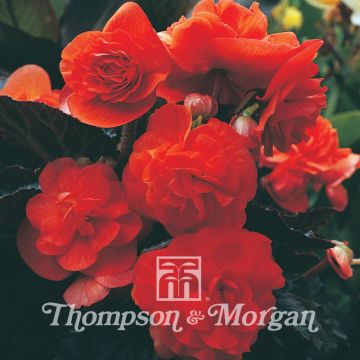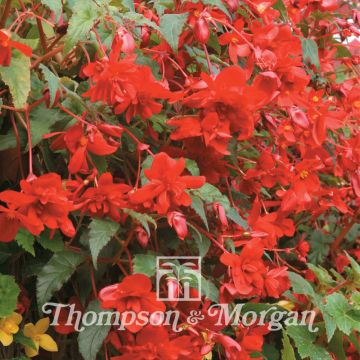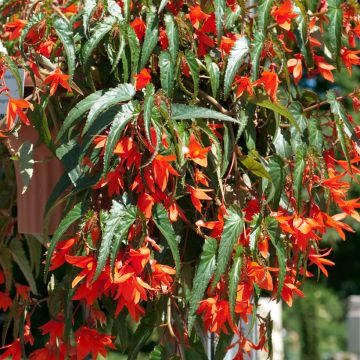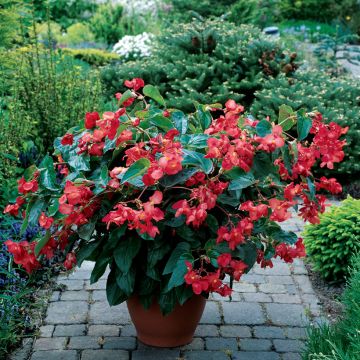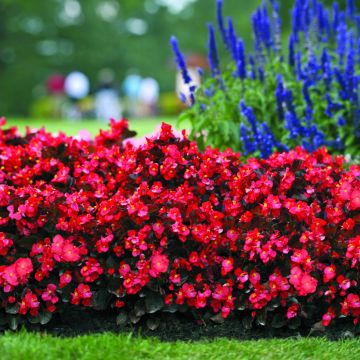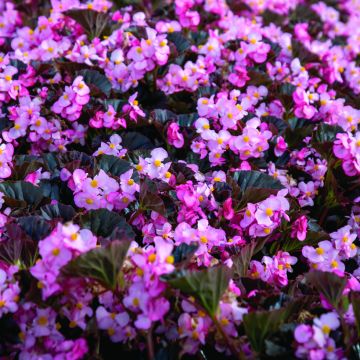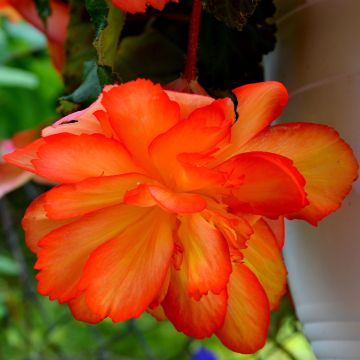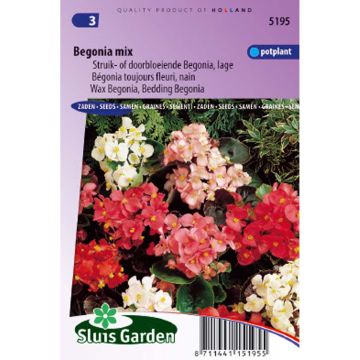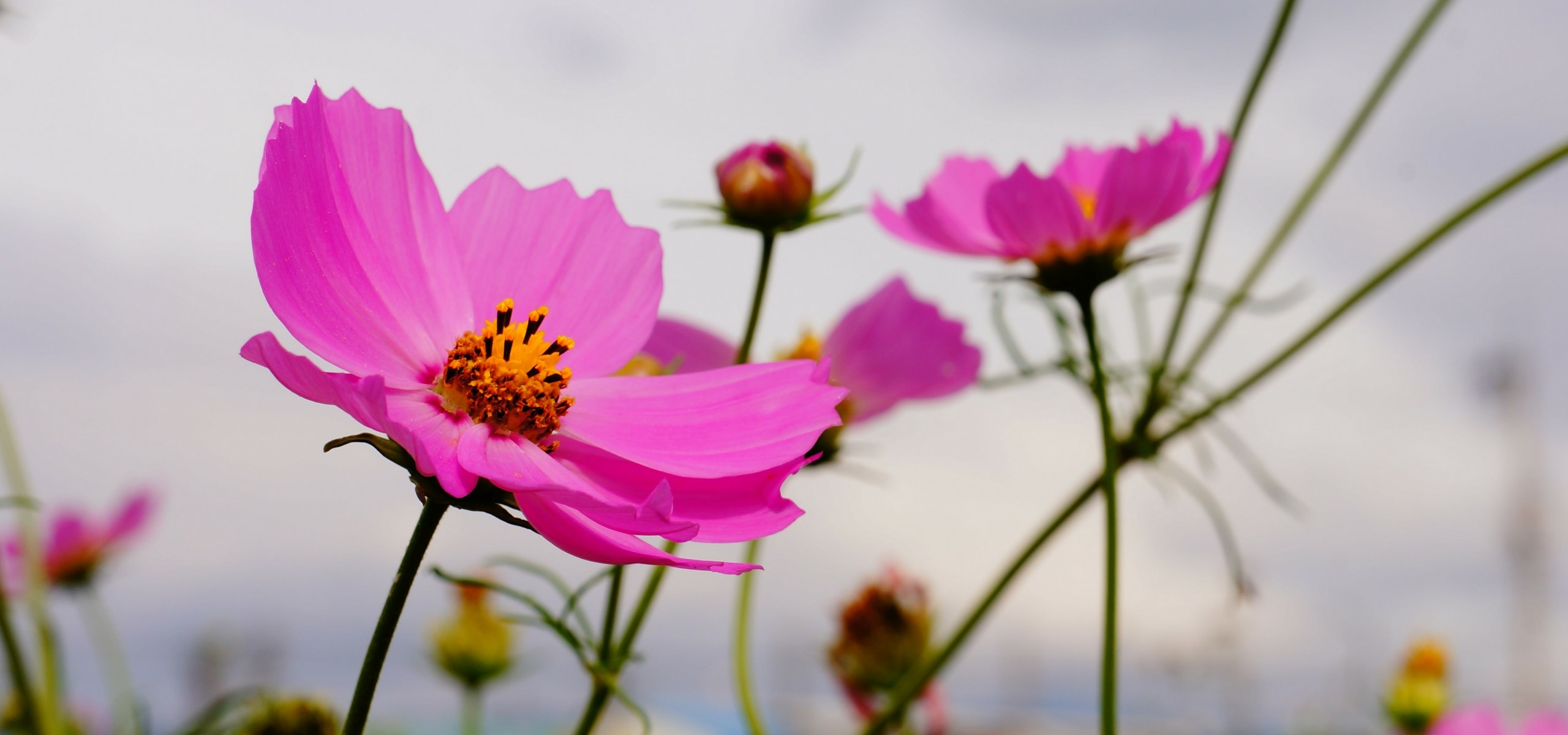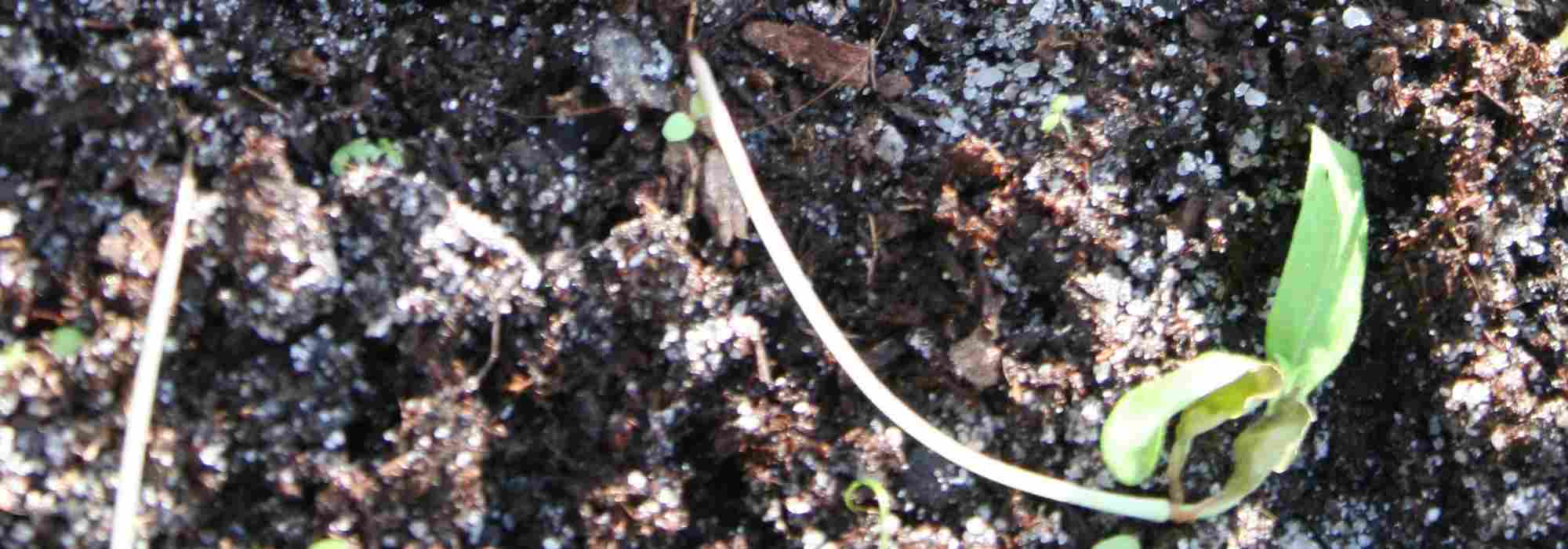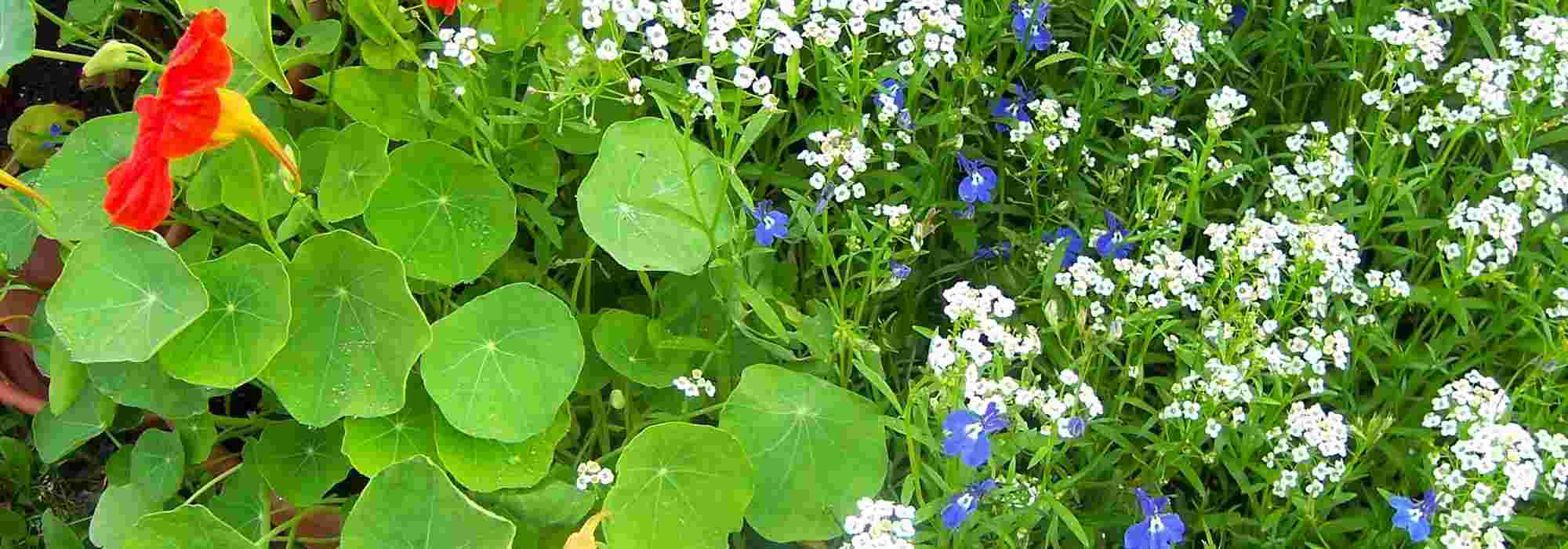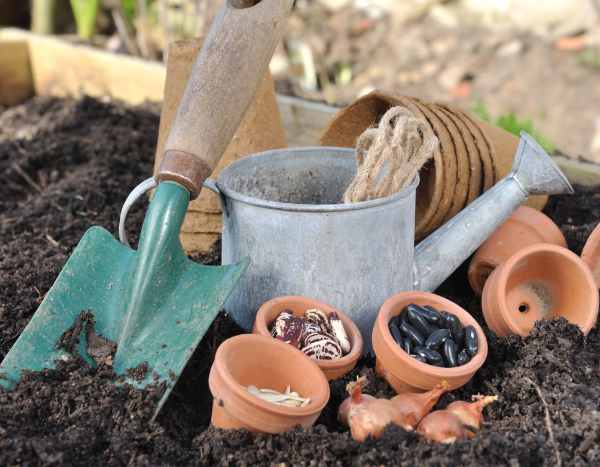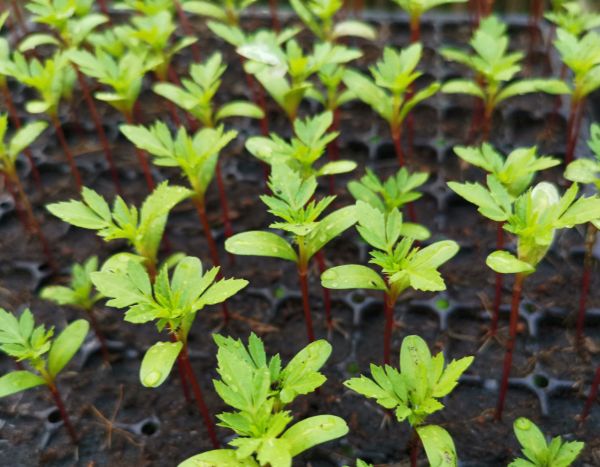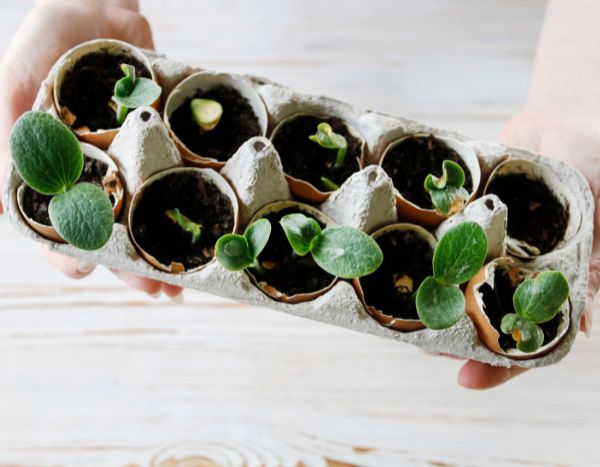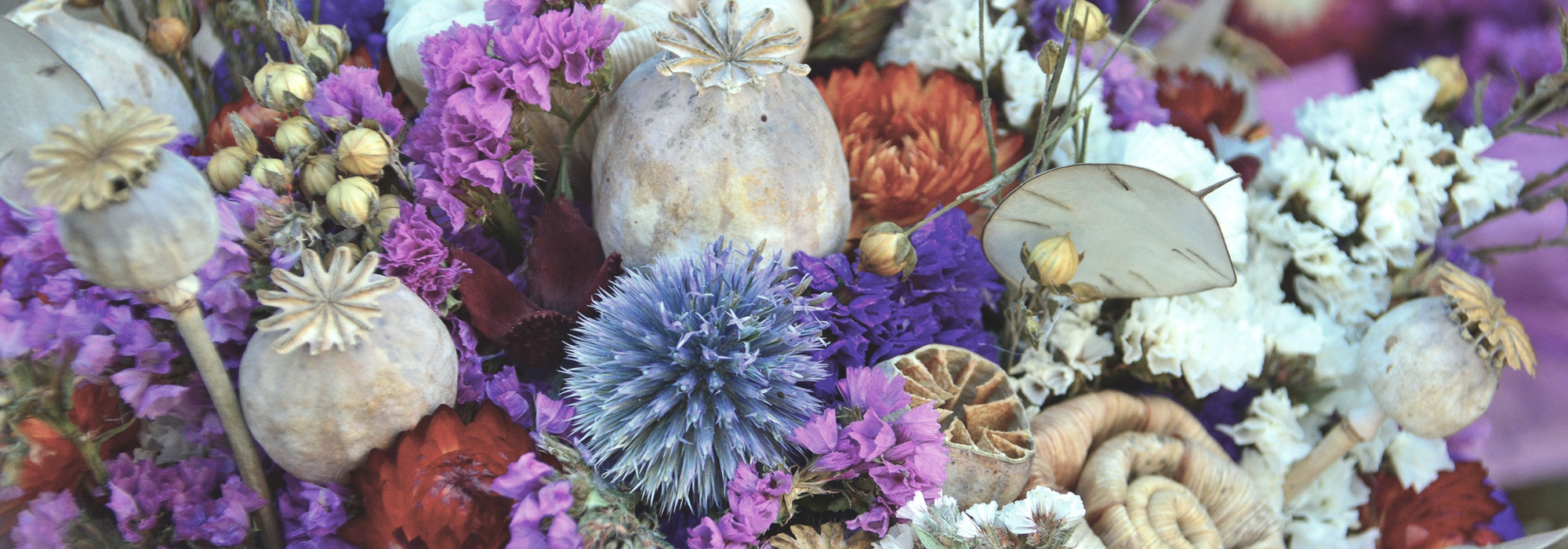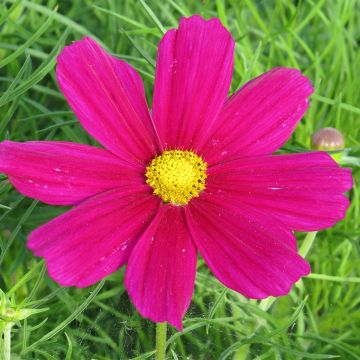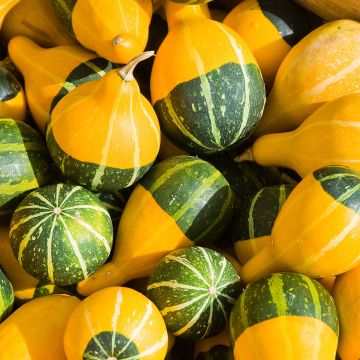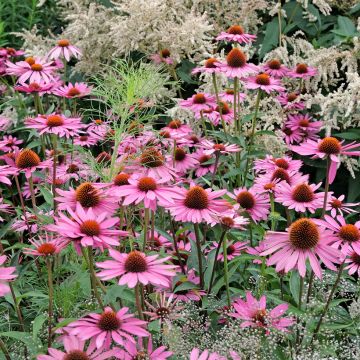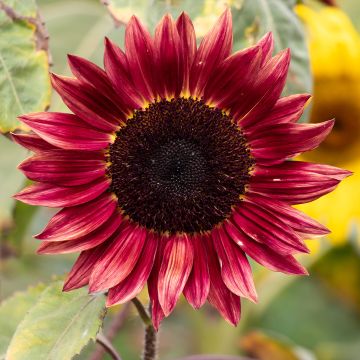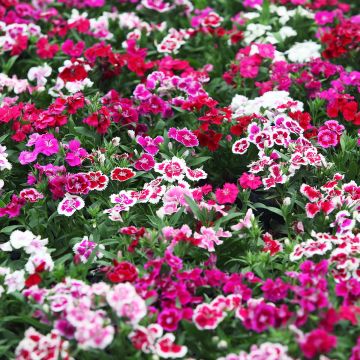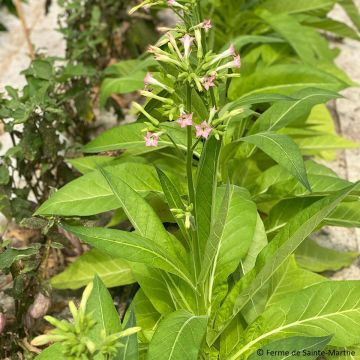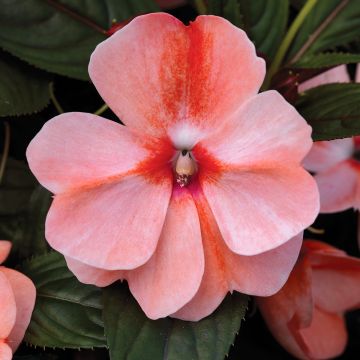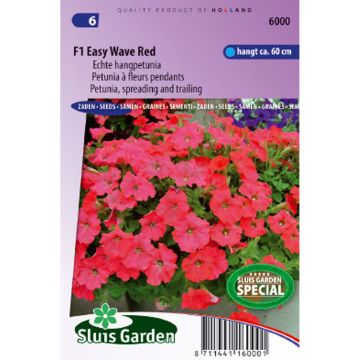

Begonia pendula Apricot Shades Improved F1 seeds


Begonia pendula Apricot Shades Improved F1 seeds


Begonia pendula Apricot Shades Improved F1 seeds
Begonia pendula Apricot Shades Improved F1 seeds
Begonia x tuberhybrida pendula Apricot Shades Improved F1
Trailing Begonia
Good product
Nicolas B., 05/08/2017
Special offer!
Receive a €20 voucher for any order over €90 (excluding delivery costs, credit notes, and plastic-free options)!
1- Add your favorite plants to your cart.
2- Once you have reached €90, confirm your order (you can even choose the delivery date!).
3- As soon as your order is shipped, you will receive an email containing your voucher code, valid for 3 months (90 days).
Your voucher is unique and can only be used once, for any order with a minimum value of €20, excluding delivery costs.
Can be combined with other current offers, non-divisible and non-refundable.
Home or relay delivery (depending on size and destination)
Schedule delivery date,
and select date in basket
This plant carries a 6 months recovery warranty
More information
We guarantee the quality of our plants for a full growing cycle, and will replace at our expense any plant that fails to recover under normal climatic and planting conditions.

Would this plant suit my garden?
Set up your Plantfit profile →
Description
The pendulous Apricot Shades Improved F1 Begonia, has the Latin name Begonia x tuberhybrida pendula Apricot Shades Improved F1. It is a Begonia resulting from rigorous horticultural selection focused on creating a variety with long and abundant double flowering resembling Camellia flowers.
The plant develops long flexible stems measuring 30-45 cm (11.8 - 17.7 in) in length, which rise to a height of 20-30 cm (7.9 - 11.8 in) before bending and cascading with flowers. Its typical Begonia leaves are asymmetrical, dentate, with a bright green color and slightly red-tinged edges. The hairy stems, tinted with red, contribute to the decorative beauty of its foliage.
From July to October, there is abundant flowering covering a large part of the foliage. The flowers are large double or semi-double bell-shaped blooms, measuring 5-10 cm (2 - 3.9 in). Their color is particularly remarkable, combining an apricot hue with lemon yellow.
The Begonias from which it originates thrive in a cool and shaded environment, protected from direct sunlight. However, this remarkable variety can also thrive in full sun or in a shaded area.
Its pendulous habit is ideal for decorating pots on the terrace, hanging baskets and containers on balconies and windows.
Cultivate the pendulous Apricot Shades Improved F1 Begonia in a pot, in rich and moist soil. It is a semi-hardy perennial plant that is sensitive to temperatures below 5°C. Therefore, in autumn, it will be necessary to bring the pots indoors, allow the foliage to dry, and finally extract the tubers from the soil, brush them off, and store them in a dry place until the following spring.
Report an error about the product description
Begonia pendula Apricot Shades Improved F1 seeds in pictures




Flowering
Foliage
Plant habit
Botanical data
Begonia
x tuberhybrida pendula
Apricot Shades Improved F1
Begoniaceae
Trailing Begonia
Cultivar or hybrid
Other Begonia seeds
View all →Planting and care
Attention: The Begonia seed is very fine, carefully open the packet on two sides with a pair of scissors.
Sow the Begonia Apricot Shades Improved F1 from January to March in a seed tray. Use a good quality compost that you will sieve on the surface to bind the seed to its substrate. Before sowing, lightly firm the compost with a board and moisten it slightly. Sow your seeds delicately. Do not cover the seeds. Water with a very fine rain or with a small hand sprayer. Place your seed tray in a well-lit area, without direct sunlight, at a temperature of 24°C to 27°C.
The seeds will take 15 to 60 days to germinate. As soon as the plants are handleable, transplant them into 7cm (2.8 in) pots. Keep the compost moist but not excessively during growth. Then, 15 days before their final planting, start gradually acclimatizing them to a temperature of 15°C.
By the end of May or early June, the temperature in the garden will be warm enough to plant your young plants. Choose a shaded or sunny location. Add a good handful of compost to each planting hole. Space your plants 20 cm (7.9 in) apart.
Regularly remove faded flowers to maintain beauty and promote renewal.
In autumn, bring the pots indoors and let the foliage dry. Then extract the tubers from the soil, brush them, and store them in a dry place until the following spring when they can be replanted in pots.
Sowing period
Intended location
Planting & care advice
-
, onOrder confirmed
Reply from on Promesse de fleurs
Similar products
Haven't found what you were looking for?
Hardiness is the lowest winter temperature a plant can endure without suffering serious damage or even dying. However, hardiness is affected by location (a sheltered area, such as a patio), protection (winter cover) and soil type (hardiness is improved by well-drained soil).

Photo Sharing Terms & Conditions
In order to encourage gardeners to interact and share their experiences, Promesse de fleurs offers various media enabling content to be uploaded onto its Site - in particular via the ‘Photo sharing’ module.
The User agrees to refrain from:
- Posting any content that is illegal, prejudicial, insulting, racist, inciteful to hatred, revisionist, contrary to public decency, that infringes on privacy or on the privacy rights of third parties, in particular the publicity rights of persons and goods, intellectual property rights, or the right to privacy.
- Submitting content on behalf of a third party;
- Impersonate the identity of a third party and/or publish any personal information about a third party;
In general, the User undertakes to refrain from any unethical behaviour.
All Content (in particular text, comments, files, images, photos, videos, creative works, etc.), which may be subject to property or intellectual property rights, image or other private rights, shall remain the property of the User, subject to the limited rights granted by the terms of the licence granted by Promesse de fleurs as stated below. Users are at liberty to publish or not to publish such Content on the Site, notably via the ‘Photo Sharing’ facility, and accept that this Content shall be made public and freely accessible, notably on the Internet.
Users further acknowledge, undertake to have ,and guarantee that they hold all necessary rights and permissions to publish such material on the Site, in particular with regard to the legislation in force pertaining to any privacy, property, intellectual property, image, or contractual rights, or rights of any other nature. By publishing such Content on the Site, Users acknowledge accepting full liability as publishers of the Content within the meaning of the law, and grant Promesse de fleurs, free of charge, an inclusive, worldwide licence for the said Content for the entire duration of its publication, including all reproduction, representation, up/downloading, displaying, performing, transmission, and storage rights.
Users also grant permission for their name to be linked to the Content and accept that this link may not always be made available.
By engaging in posting material, Users consent to their Content becoming automatically accessible on the Internet, in particular on other sites and/or blogs and/or web pages of the Promesse de fleurs site, including in particular social pages and the Promesse de fleurs catalogue.
Users may secure the removal of entrusted content free of charge by issuing a simple request via our contact form.
The flowering period indicated on our website applies to countries and regions located in USDA zone 8 (France, the United Kingdom, Ireland, the Netherlands, etc.)
It will vary according to where you live:
- In zones 9 to 10 (Italy, Spain, Greece, etc.), flowering will occur about 2 to 4 weeks earlier.
- In zones 6 to 7 (Germany, Poland, Slovenia, and lower mountainous regions), flowering will be delayed by 2 to 3 weeks.
- In zone 5 (Central Europe, Scandinavia), blooming will be delayed by 3 to 5 weeks.
In temperate climates, pruning of spring-flowering shrubs (forsythia, spireas, etc.) should be done just after flowering.
Pruning of summer-flowering shrubs (Indian Lilac, Perovskia, etc.) can be done in winter or spring.
In cold regions as well as with frost-sensitive plants, avoid pruning too early when severe frosts may still occur.
The planting period indicated on our website applies to countries and regions located in USDA zone 8 (France, United Kingdom, Ireland, Netherlands).
It will vary according to where you live:
- In Mediterranean zones (Marseille, Madrid, Milan, etc.), autumn and winter are the best planting periods.
- In continental zones (Strasbourg, Munich, Vienna, etc.), delay planting by 2 to 3 weeks in spring and bring it forward by 2 to 4 weeks in autumn.
- In mountainous regions (the Alps, Pyrenees, Carpathians, etc.), it is best to plant in late spring (May-June) or late summer (August-September).
The harvesting period indicated on our website applies to countries and regions in USDA zone 8 (France, England, Ireland, the Netherlands).
In colder areas (Scandinavia, Poland, Austria...) fruit and vegetable harvests are likely to be delayed by 3-4 weeks.
In warmer areas (Italy, Spain, Greece, etc.), harvesting will probably take place earlier, depending on weather conditions.
The sowing periods indicated on our website apply to countries and regions within USDA Zone 8 (France, UK, Ireland, Netherlands).
In colder areas (Scandinavia, Poland, Austria...), delay any outdoor sowing by 3-4 weeks, or sow under glass.
In warmer climes (Italy, Spain, Greece, etc.), bring outdoor sowing forward by a few weeks.






























